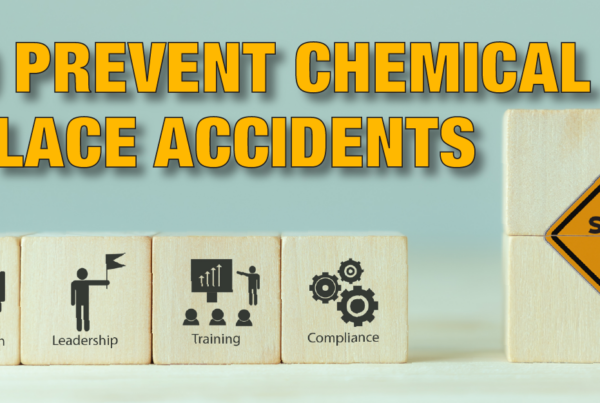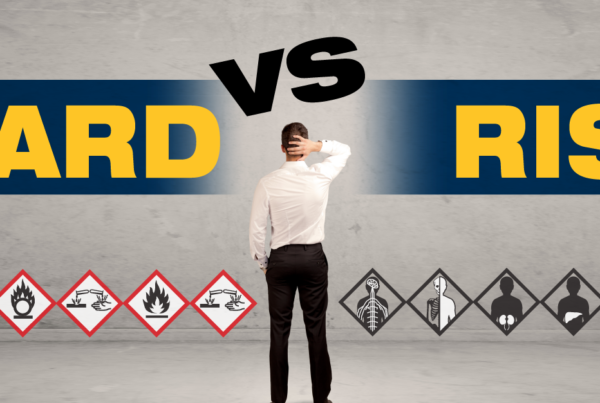We all have reminders on our calendars for such things as holidays, birthdays, and appointments. As I looked forward to February for some planning purposes, the date of February 4th popped up as World Cancer Day. Is this a day to celebrate cancer? Does that even make sense when most of us upon hearing that word have some pretty strong negative reactions and emotions? This sent me on a path of fact checking. The purpose of World Cancer Day as established by the Union of International Cancer Control (UICC) is to raise awareness of cancer and to encourage its prevention, detection, and treatment. So, this day is similar to Earth Day or World AIDS Day then.
Since I work in the Regulatory World, I thought this would be an opportune time to talk about cancer in the realm of Hazard Communication. For many cancer is part of the acronym CMR which stands for materials that are carcinogenic, mutagenic or toxic to reproduction. In OSHA HazCom 2012, Appendix A Subsection 6 covers the definition, classification criteria, and cut-off values for carcinogens. Are those pieces of information really enough to classify all of your products? Granted the regulation points out in A.6.2.5.2 some factors to consider, but those exact particular factors can be hard to find in many full length cancer studies.
To make things a bit easier, OSHA has allowed for people to rely on the lists of classifications from the International Agency for Research on Cancer (IARC) or the National Toxicology Program (NTP) to help make decisions. There is also Appendix F to supply more guidance on carcinogenicity. Many of us have defaulted to the following table and its qualifying notes when classifying our products:
Approximate Equivalences Among Carcinogen Classification Schemes
IARCGHSNTP RoC
| Group 1 | Category 1A | Known |
| Group 2A | Category 1B | Reasonably Anticipated (See Note 1) |
| Group 2B | Category 2 |
If, as classifiers, we do determine our product is carcinogenic, here are a few reminders.
- If you have a chemical in your product at a concentration that is listed on IARC and/or NTP, then those classifications must be noted on the Safety Data Sheet (SDS).
- If OSHA determines a chemical to be a carcinogen then that classification must also be on the SDS.
- For Category 2 Carcinogens present between 0.1% and 1% then all of the labeling requirements are needed on the SDS, but the Label warning is optional. If the Category 2 ingredient is present at greater than or equal to 1% then the requirements for the SDS and Label must be fulfilled.
Don’t let the reminder on my calendar or World Cancer Day pass you by without taking a look at any of your products that may contain carcinogens. Be sure they are classified correctly with appropriate language on the SDS and Label. As always, ICC Compliance Center is here to help you with all of your regulatory needs. For more information on our supplies and services visit our website: https://www.thecompliancecenter.com.






 ICC USA
ICC USA ICC Canada
ICC Canada